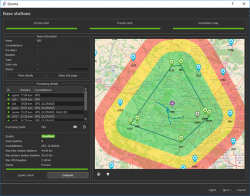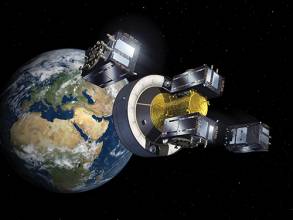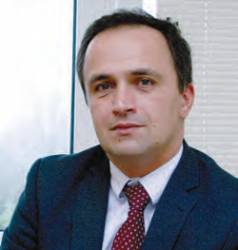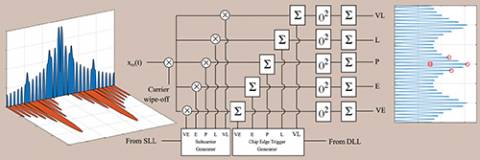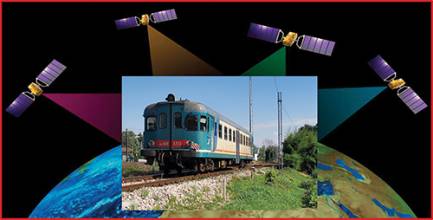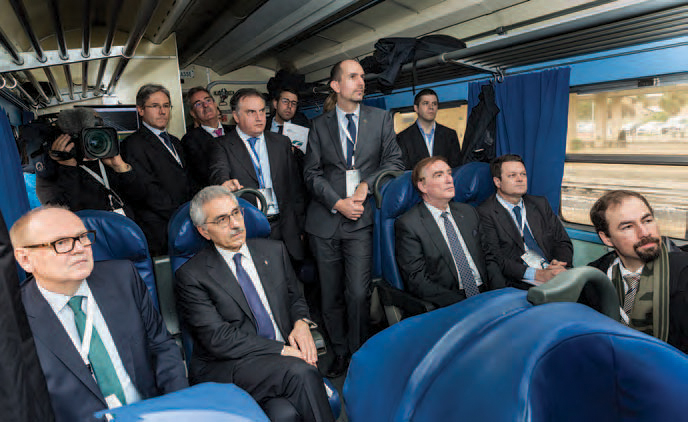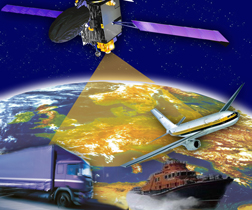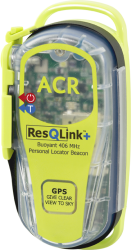NovAtel Releases Oceanix Nearshore GNSS Correction Service for Marine Applications

NovAtel today unveiled its Oceanix Nearshore correction service at Ocean Business 2017 in Southampton, UK.
Oceanix Nearshore, a subscription-based GNSS correction service for Precise Point Positioning (PPP), provides exceptionally reliable sub-decimeter positioning for marine applications such as dredging, hydrographic survey, mapping and coastal patrolling, according to NovAtel.
With a robust infrastructure, Oceanix precise corrections data is generated utilizing a network of more than 80 strategically located GNSS reference stations globally.
By Inside GNSS
